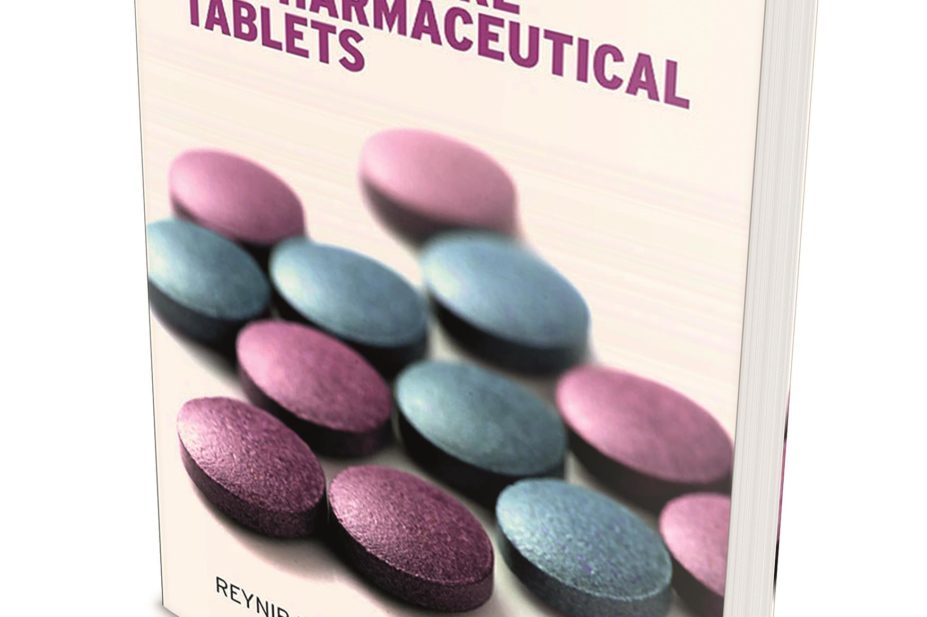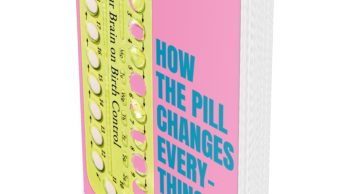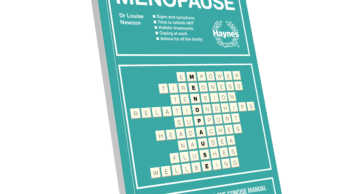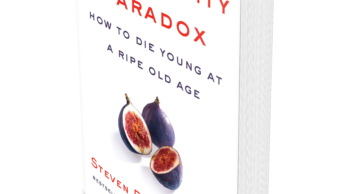
Reynir Eyjolfsson, a pharmaceutical formulation scientist with 39 years experience at the companies Pharmaco, Delta and Activis in Iceland, examines some practical aspects associated with solid dosage form development.
Focusing solely on real-life practicalities of tablet design and manufacture rather than providing a comprehensive theoretical background to the topic, the author suggests ways to solve tableting problems, but not necessarily the reasons behind the solutions.
For example, Eyjolfsson illustrates the use of compression aids and lubricants for a formulation with a poorly compressible active pharmaceutical ingredient (API), but without going into the detail on the underlying theory of the drug/excipient properties that influence tablet compaction.
The author has collated a series of formulation recipes from validated and marketed generic products (with identifying details removed) and has used them to illustrate manufacturing techniques and tablet design considerations. For example, the formulation recipes detail the equipment and excipient grades used and various methodologies (e.g. wet granulation, direct compression) and challenges (e.g. high-dose active pharmaceutical ingredient [API], low solubility API, controlled-release formulations) are covered. Sufficient information is detailed to enable the experiments be reproduced.
A significant proportion of the book is dedicated to statistical design of experiments (e.g. factorial design and response surface methodology). With so many potential variables in formulation development, including excipient quantities, excipient grades, mixing speed, sieve size and mixing time, to name but a few, statistical techniques that rationalise experimental design are increasingly used to reduce the number of experimental batches needed and to optimise outcomes. Eyjolfsson’s formulation-focused examples are a welcome addition to the literature.
The book assumes familiarity with at least the basic concepts of tableting manufacturing processes; it would be of most benefit to persons with a solid grounding in the theory of pharmaceutical development who are starting to work in the area of solid dosage form design. A newcomer to the field should pick up some useful tips for formulation design and design of experiments.
References
‘Design and manufacture of pharmaceutical tablets’, by Reynir Eyjolfsson. Pp68 Price 30.99. Oxford: Academic Press; 2014. ISBN 978 0 12 802182 8


